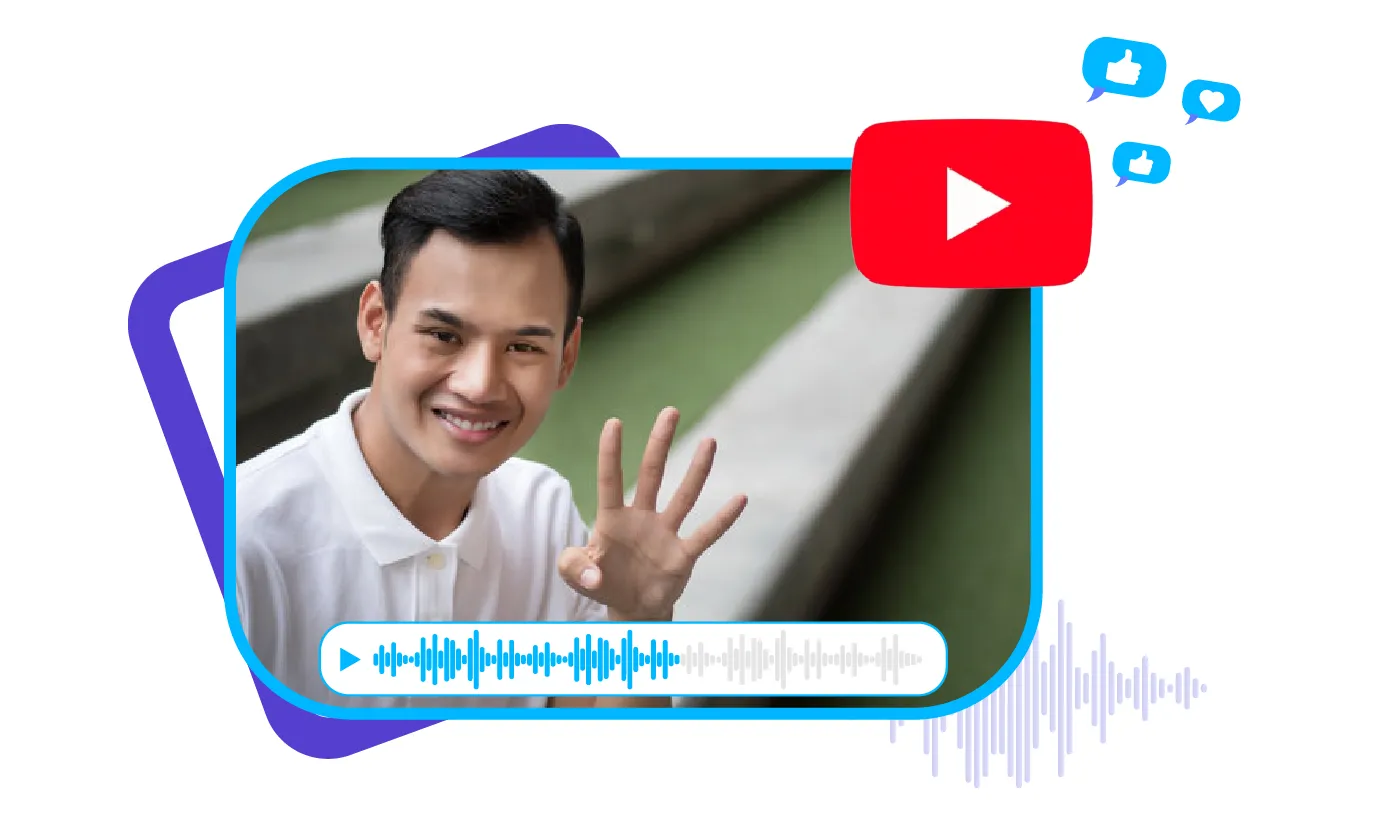What do you think is the latest buzzword?
There is a good chance you may say: online!
Everything seems to be happening online, whether it is learning, shopping, entertainment, or business. With the advent of smartphones, people have taken to watching videos on the go like never before.
Basking in this online craze, YouTube has emerged as a popular platform for entertainment and education. YouTube offers a variety of video content to learners on a wide range of topics for expanding their knowledge quickly and conveniently. It will not be wrong to say that YouTube is now synonymous with videos.
YouTube has about a billion active users. Approximately 400 hours’ worth of videos gets uploaded every minute. Studies show the average time spent per mobile session on YouTube is about 40 minutes.
The eLearning commerce has done well to leverage this popular platform to exploit the power of videos for learning purposes. Interactive learning has fast become a prominent trend.
And why not?
It is flexible, adaptable, and affordable. It can provide much information, promote better memory retention, and enable real-world application by demonstrating rather than merely telling. Difficult or complex concepts can be easily explained via eLearning videos on YouTube. Videos can be watched and rewatched many times. In the world of eLearning on YouTube, stand out with ‘Custom Explainer Videos.’ Elevate your content game using ‘Full Service Video Production ‘ for engaging and tailored educational videos. Moreover, they are entertaining. Learners can also make YouTube videos of the topic they have mastered. This not only helps knowledge retention but also enables knowledge sharing.
Gone are the days of page-turning or lifeless learning programs without videos. Interactive learning via eLearning or YouTube videos is the new normal. Showing a skill or concept is better than merely talking about it.
Here are a few tips that can help you create effective videos to WOW your audience:
- Create A Good And Clear Script.
Most people are usually eager to start the creative process of making a video without giving any thought to the script. Create a story map that details every scene and a script that spells out dialogues and character interactions. Define the learning objectives and identify the best strategy to reach the educational goals. It will ensure that all the key points are covered. You can opt for the story-telling style involving the typical story arc. Develop a plot, introduce interesting, relatable characters, and add a problem or challenge, followed by a solution. Be creative with the storyline without comprising the subject matter. Keep it simple, straightforward, and real rather than ‘too technical’.
- Keep Videos Brief and Interactive.
To quote William Shakespeare, “Brevity is the soul of wit.”
Long videos tend to become boring and dull. They can cause cognitive overload making the learners lose interest. Therefore, keep the videos concise and byte-sized for easy absorption. Information grasping tends to be easy when a video is about 4 to 5 minutes long or less. Try and focus on one concept at a time.
In case, you cannot help but have a long video, try to make it interactive. You can throw in a few quizzes, do a quick recap of key points to reinforce concepts, and ask feedback/questions. You can opt for branching scenarios allowing learners to pick their path instead of passive observation. You can create simulating scenarios like “what to do,” “how not to do”, or any real-life situation to keep the audience hooked and focused. Avoid lengthy monologues, complicated language, or overwhelming graphics. Discover what screen recorders do YouTubers use.
- Get Creative With Tools.
Infuse some ‘movie magic’ into your videos for greater engagement. Think how popular shows on Netflix are shot – their presentation, different camera angles, presentation, editing, good lighting, and background music. Put on your creative cap and explore the use of animation, text, and images. Add relevant sound effects, subtle music, and audio narrations to establish an emotional connection with your online audience. Invest in good quality editing software to produce a polished and compelling video.
Create playlists for a specific topic and share them with your learners for reference purposes. Make links and annotations available to the learners while watching the video to supplement their learning. You can use privacy settings on YouTube to share a particular video with specific learners. Try and align your videos with real-life activities and practical applications to improve comprehension.
- Transcript Your Videos.
It is essential to transcript the videos. People may not always have access to headphones or sound cards. There may be differently-abled learners or people with hearing issues or language problems. Providing transcripts and closed captions can make the video easy to follow, facilitating better understanding. Learners can make notes of the content for later use. Also, consider adding voiceover to your video. You can always use your voice if it sounds lively and clear enough.
Technological advancements have converted the entire world into a classroom with limitless boundaries. In today’s fast pacing lives with time constraints, eLearning has made the learning process fluid with no fixed timings, place, or medium. Virtual interaction through videos has only strengthened the learning curve.
Modern learners certainly expect a great deal from eLearning videos. Making a compelling quality video is a skill that needs mastering. It can be worthwhile to avail of the services of a professional company like Wavel that provides expertise in the field for making engaging, appealing, and interactive videos.

.webp)










